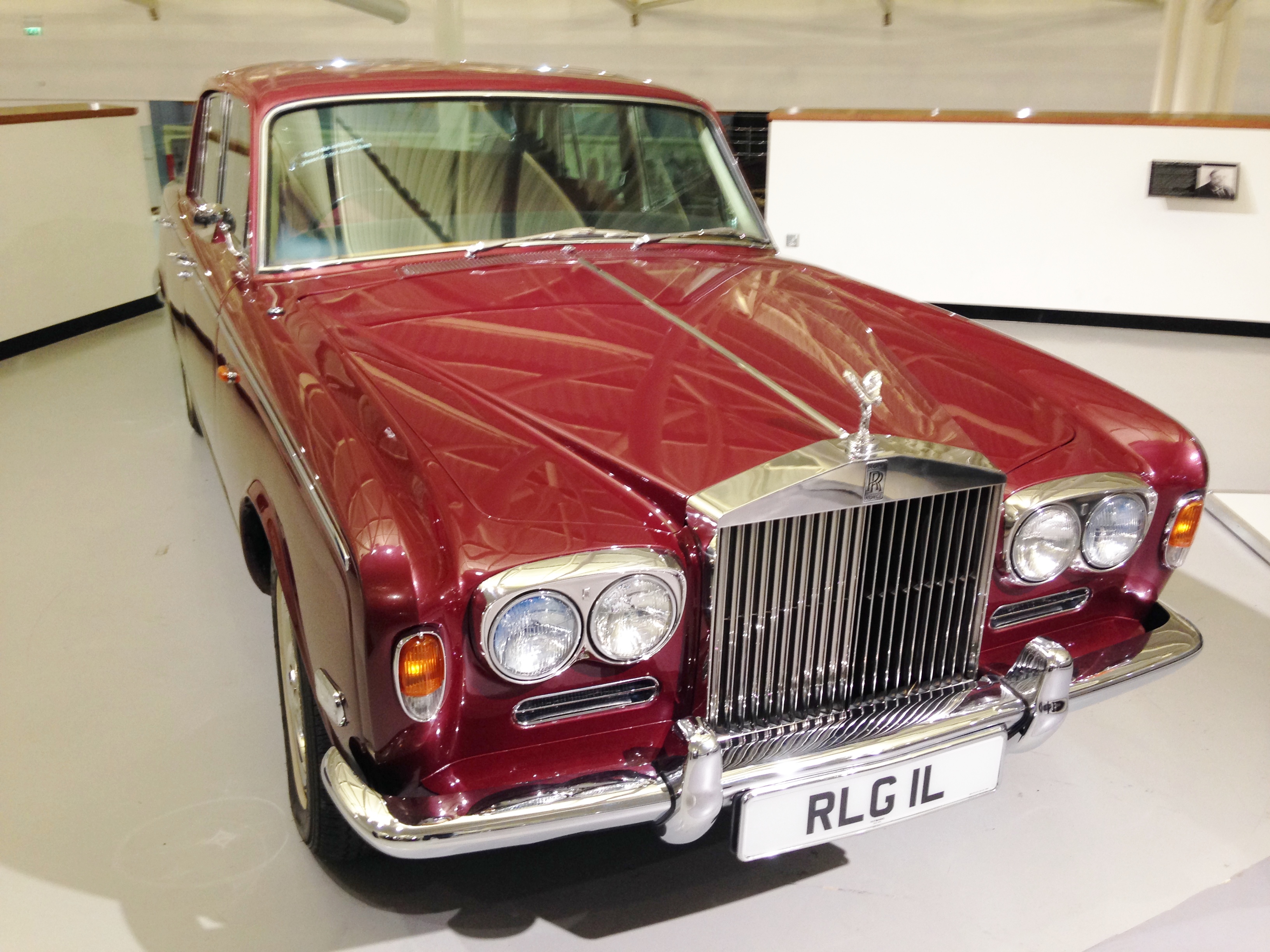-
Insurance
InsuranceAbout our productsLearn about insuringGet a quote Get current values, historical values, model history and more.
-
Valuation
ValuationHagerty valuation toolLook up a vehicle value Get current values, historical values, model history and more.
-
Events
EventsHagerty official eventsHagerty ClubhouseEvent calendar
-
Entertainment
EntertainmentMore to explore
- Portal login
1965 Rolls-Royce Silver Shadow
Base 4dr Saloon 6.2 L
Vehicle values by condition
Fair
Condition 4
£7,500
#4 cars are daily drivers, with flaws visible to the naked eye. The chrome might have pitting or scratches, the windshield might be chipped.
Good
Condition 3
£10,800
#3 cars could possess some, but not all of the issues of a #4 car, but they will be balanced by other factors such as a fresh paint job or a new, correct interior.
Excellent
Condition 2
£19,400
#2 cars could win a local or regional show. They can be former #1 cars that have been driven or have aged. Seasoned observers will have to look closely for flaws.
Concours
Condition 1
£37,200
#1 vehicles are the best in the world. The visual image is of the best car, unmodified, in the right colours, driving onto the lawn at the finest concours.
Insurance premium for a
1965 Rolls-Royce Silver Shadow Base 4dr Saloon 6230
valued at £10,800
£128.69
/ year*
History of the 1965 - 1976 Rolls-Royce Silver Shadow

1965 - 1976 Rolls-Royce Silver Shadow
Rolls-Royce first contemplated producing the unibody Silver Shadow as early as 1957. The company's factory-bodied Silver Cloud was economical to build and selling in large numbers. But monocoque construction proved tricky to develop, and the Shadow wasn't launched until the Earls Court show of October 1965, along with its twin, the Bentley T-Type.
The new car was a striking change-smaller, square, and unprepossessing-and it signalled the end of custom bodies. There were only 35 2-door coupes by James Young and 571 coupes and 505 convertibles by Mulliner-Park Ward built by 1970, and a broadly available coachbuilt option was history. In all, 16,717 factory-built standard saloons were built through 1976, and 2,776 long-wheelbase models. But Mulliner-Park Ward continued to build niche market models for the wealthy and discriminating, and between 1971 and 1976 delivered 780 Rolls-Royce Corniche coupes and 1,233 convertibles.
The new Shadow was lighter, faster, and better handling than its predecessors but it never had the same cachet. Starting out with the 200 bhp, 6,230cc V-8 from the Silver Cloud III, the engine was expanded to 6,750cc in 1970. The GM Turbo Hydra-matic 350, 3-speed automatic transmission was standard, except for overseas models, which got the heavy duty Turbo Hydra-matic 400. Power windows and 4-wheel disc brakes were standard, and the rear suspension was self-levelling, based on the Citroen DS-19 hydraulic/hydrogen sphere system.
The finish on the new cars was exemplary, with Connolly leather interior, lambs-wool carpet, walnut dash and door trims, and full instrumentation. Mileage was in the "if you have to ask" category, at about 10-12 mpg.
As good as these cars were, they were built in large numbers, and what was not anticipated was the swift decline in values. The progressively increasing cost of deferred maintenance soon surpassed their retail value, and many of these first series cars declined to "Roller" condition, the favourite ride of bookies, petty criminals and wedding services. Prices for Silver Shadows with substantial needs may seem like a value at a low price, but (as the saying goes) the wrong Rolls-Royce can be a bad deal free.
Areas of expensive concern include the complex brake system, the Citroen-designed rear suspension, and rust in general. A pre-purchase inspection by a qualified Rolls-Royce mechanic is vital and accurate ownership trail is essential. Consider only vehicles with complete maintenance records, and pay a premium to buy from the original owner.
Hagerty Newsletter
Get your weekly dose of car news from Hagerty UK in your inbox

ADVERTISEMENT